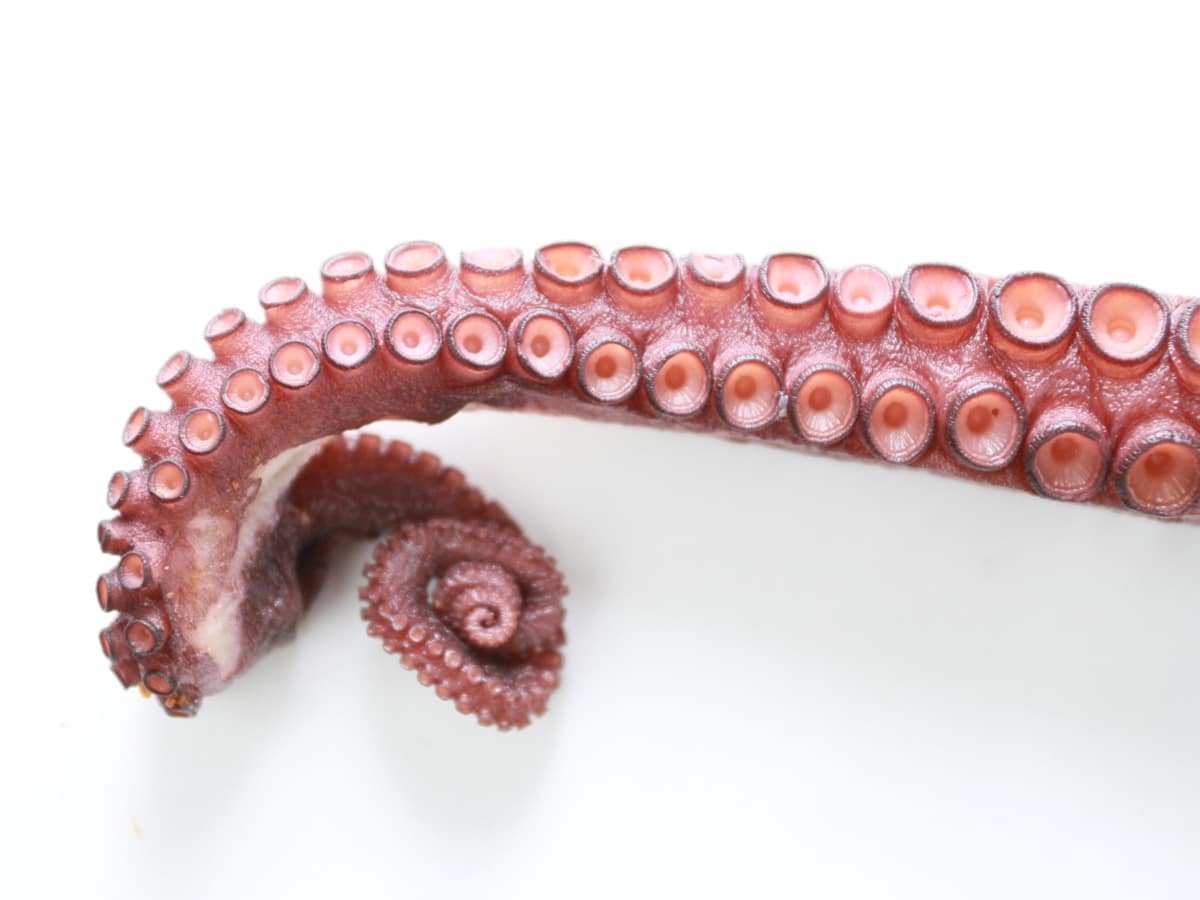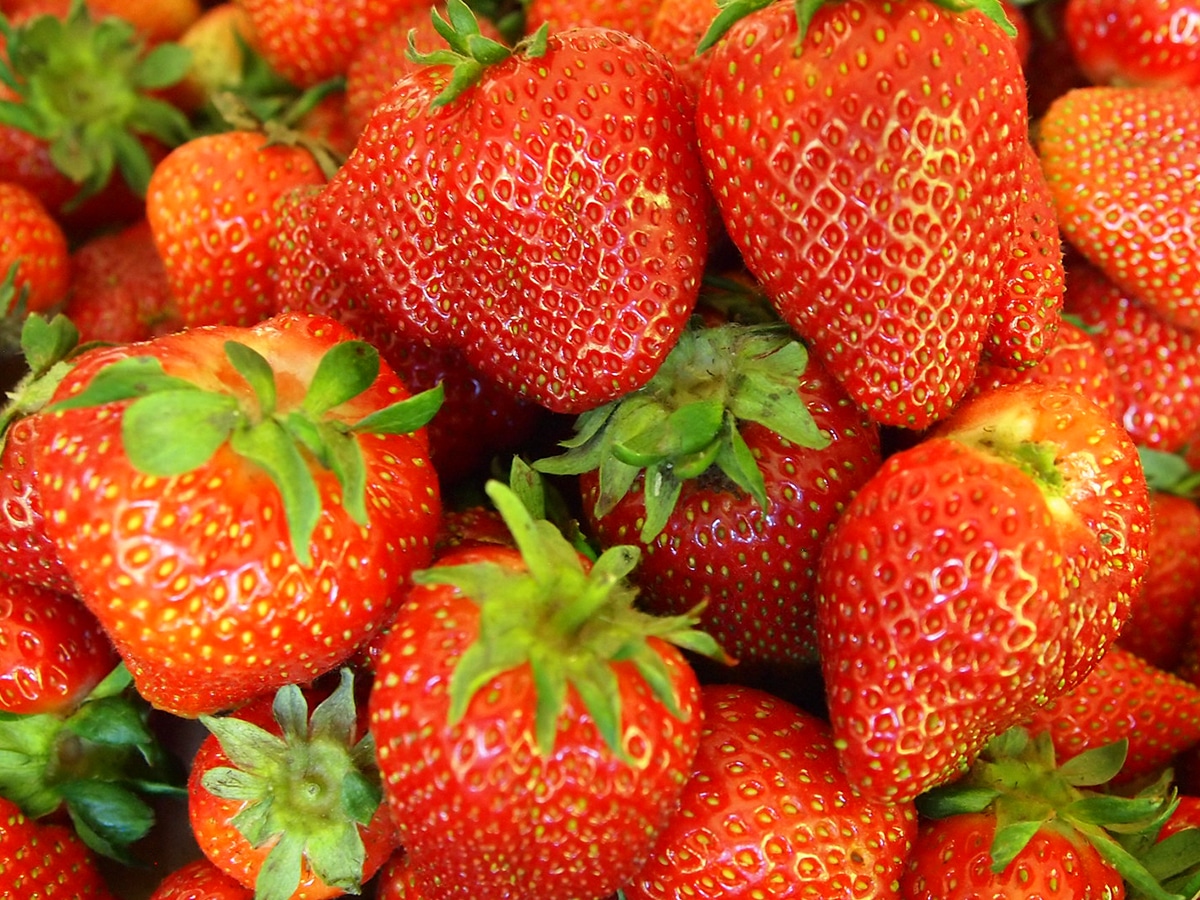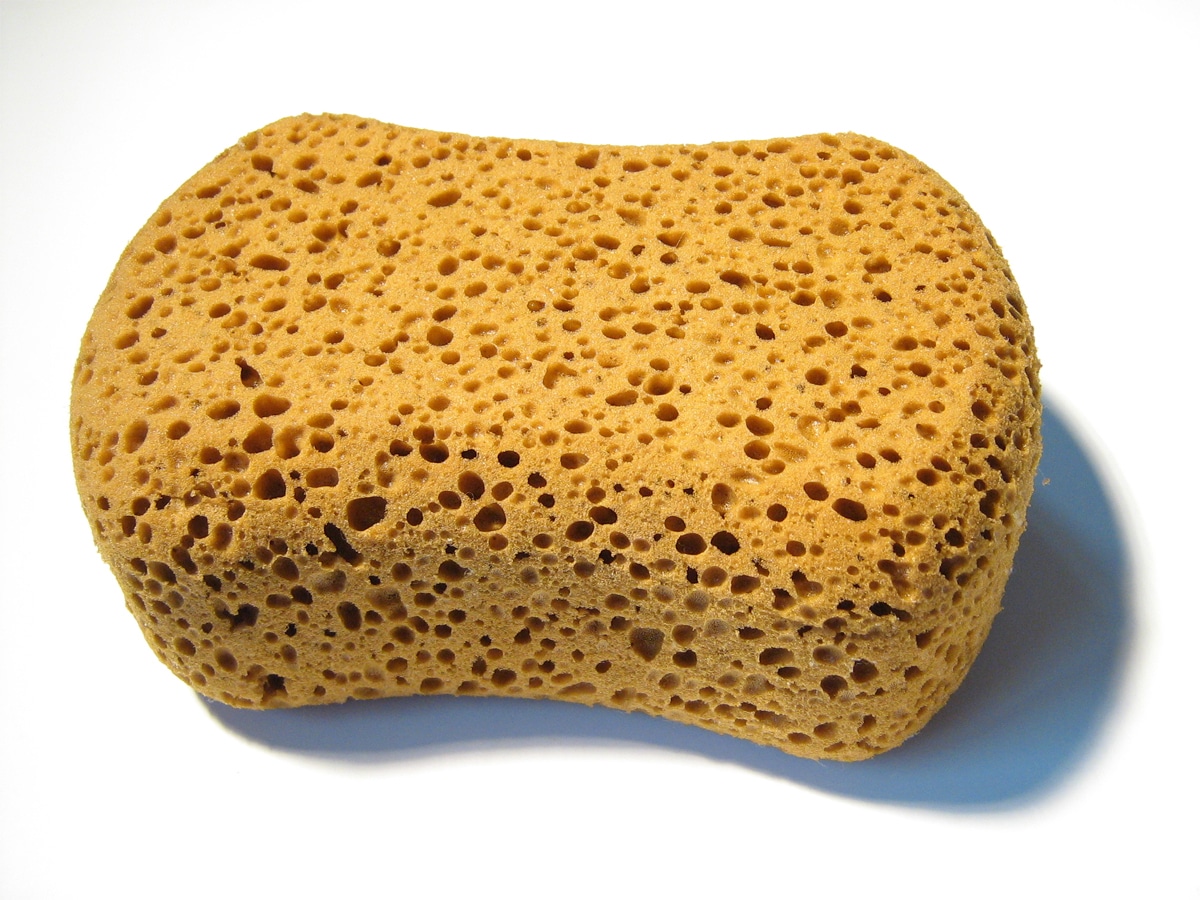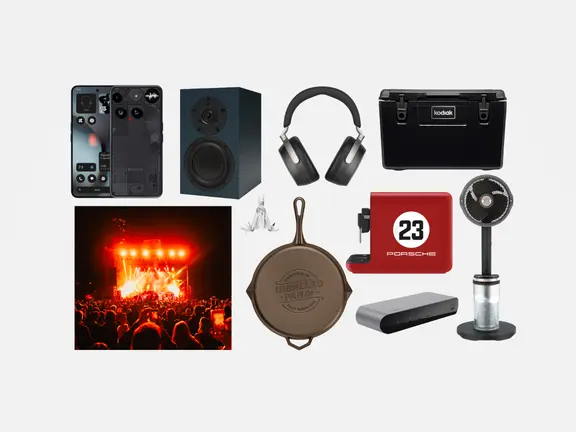
Published:
Readtime: 6 min
Every product is carefully selected by our editors and experts. If you buy from a link, we may earn a commission. Learn more. For more information on how we test products, click here.
Trypophobia may not be one of the phobias you’ve heard of before, but there’s a good chance you’ve experienced this fear for yourself, or know someone who does regularly. Amongst all the phobias, from arachnophobia (the fear of spiders) to podophobia (the fear of feet) trypophobia may be one of the more unusual fears, but it’s certainly not the least common. No matter your level of health, wealth, or success, it is a fear that can occur to anyone. If you’re curious about what it is, or looking for a trypophobia test to see if you suffer from it, read on to discover what triggers the fear, what can help to treat it, and if it’s even a real phobia to begin with.
You may also like:
10 Most Deadly Spiders in Australia

What is Trypophobia?
Now that we’ve got you hooked on the topic, what is trypophobia? According to Healthline, the phobia “is a fear or disgust of closely-packed holes.” This fear of tightly packed/grouped holes occurs in various degrees, from discomfort to panic attacks, and examples of where such closely packed/grouped holes can be found include the seeds of a strawberry or the course texture of coral.
While not an officially recognised phobia, this fear of holes is undoubtedly common amongst the global population and may be something you’re experiencing first-hand at just the thought of these tightly packed/grouped holes (our apologies, especially if you were eating strawberries while reading this article). It might be a good idea to put the strawberries away for our next section, as we discuss the common triggers of trypophobia. Remember, you’ve been warned.

Common Triggers
Unfortunately, triggers for trypophobia can be found everywhere, from naturally occurring patterns to man-made designs and objects. From the worlds of fruit and vegetables, anyone with the fear of small holes will want to avoid strawberries as mentioned before, as well as pomegranates. Other naturally occurring patterns that commonly trigger trypophobia include honeycomb, coral, the cross section of a head of garlic, and the pattern of an animal’s fur (more on why this could be later in the article).
From the world of man-made designs and objects (that’s right, some traitorous human inflicted the trypophobic community with these designs) the dimples on a golf ball may trigger discomfort, as well as the patterns used for grip on shoes, gloves, rugby balls or netballs. With so many triggers for the fear throughout our day to day lives both man-made and naturally occurring, it’s not hard to see why it’s such a common issue.
Symptoms of Trypophobia
If you suffer from trypophobia and have made it this far, we shouldn’t have to tell you what the symptoms are, because you’ll already be experiencing them first-hand. Ranging from bearable to I’m-going-to-need-some-fresh-air (and-bleach-for-my-eyes-and-brain, in extreme cases) the spectrum of symptoms can begin with goosebumps and discomfort before the sweating and queasiness, as prolonged exposure to the tightly packed/grouped holes continues.
For those severely affected, their phobia of holes can even lead to shaking, vomiting and panic attacks. With symptoms like these, it’s hard to believe that trypophobia isn’t recognised by doctors and medical professionals as a real phobia, but why is this?

Why Isn’t Trypophobia Considered a Real Phobia?
Limited research and study into the phobia of holes has meant that trypophobia is yet to be recognised by medical professionals as a serious phobia. From the few studies that have been undertaken, it has been suggested that people’s discomfort and panic when faced with tightly packed/grouped holes stem from a primal fear of animals whose fur or skin share these similar patterns, such as the rings of a blue-ringed octopus, the spotted fur of a leopard or the markings found on a snakes skin.
This theory, however, has been criticised in another study, which suggested that this primal fear would have come from the animal itself and the impending danger of a confrontation, rather than from the tightly packed/grouped holes. The confusing nature of where this fear comes from, and the lack of understanding of why it still occurs, shows the need for further study, so that we can all be done with this unusual fear of small holes.
Diagnosis and Treatment
Firstly, for diagnosis, if you’ve made it this far through the article and haven’t felt queasy, sweaty or faint, then you probably don’t have the phobia. Congratulations. For those who aren’t as lucky, however, here is the part of the article that all you trypophobic readers have been waiting for, treatment.
While trypophobia is not a recognised phobia, and therefore cannot be officially diagnosed by a doctor, there are still treatments that your doctor can recommend. Through a screening of photos and questions, you can determine the severity of your phobia. The most common treatment is exposure therapy, which unfortunately means you’ll be facing your fears head on and be shown more and more triggers of trypophobia until you are no longer scared.
If your fear persists, the next point of treatment will be in the form of cognitive behavioural therapy, where you will be taught ways to manage your anxieties, through breathing and meditation. Hopefully, when all is said and done, you’ll be able to manage your fear. Or, if that all sounds like way too much effort for a fear that doesn’t occur too often anyway, in future just look away and/or avoid any funny patterns of holes.
You may also like:
Dentophobia: How To Get Over Your Fear of Going to the Dentist
10 Most Deadly Spiders in Australia
General FAQ
Trypophobia is the fear of tightly-packed holes, such as the seeds on a strawberry or the texture of coral.
Although not officially recognised as a phobia, many people claim to have trypophobia.
Goosebumps, discomfort, disgust and nausea are common symptoms of trypophobia.

































Comments
We love hearing from you. or to leave a comment.